
The Great Depression was one of the most difficult periods in American history. It didn't matter what class a family was in before it hit — they were all affected by the immense economic strain.
But that also meant those families had to get creative when it came to putting food on their tables. Farming became even more essential in order to grow your own groceries, as did learning clever ways to get a good deal on what you could afford to buy at the store.
Of course, in no way am I in as rough a shape as the folks were back in the 1930s. However, I do know my own family's history dealing with the Great Depression and how the lessons they learned have echoed through each generation since.
Plus, there are still tons of families who are forced to make similar sacrifices when it comes to making sure every mouth is fed.
Take a look below to see how I managed to stretch my funds by only eating the way they did back in the Great Depression for seven days.
And be sure to SHARE my eye-opening experience with your friends on Facebook!
What People Really Ate During The Great Depression
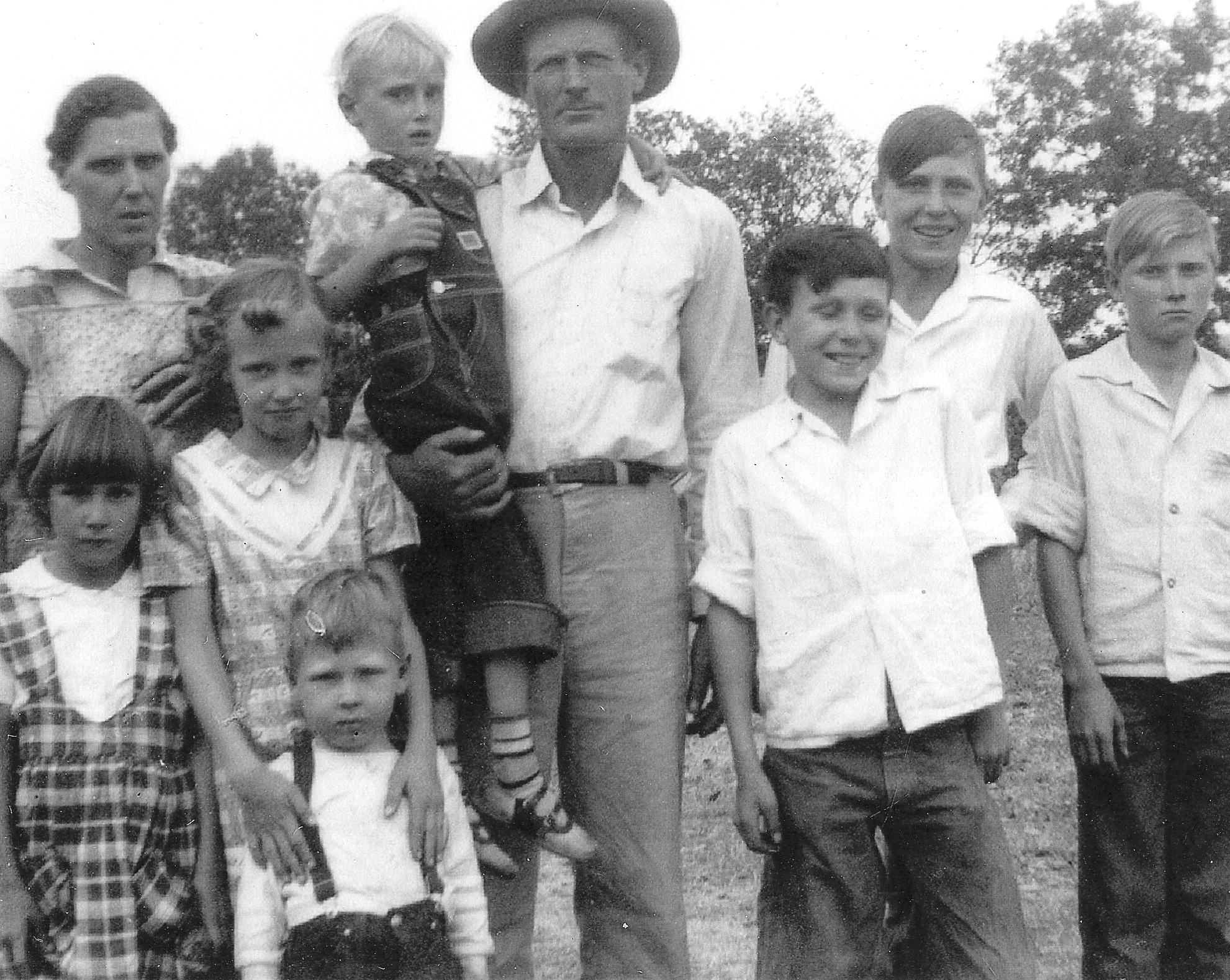
Obviously, the short answer is: not much.
I remember my mom describing her parents — shown above, with my mom's many older siblings sometime in the early 1950s — and their experience with their growing family throughout the era. Her oldest brother was born just before the end of the Depression, but the effects continued to linger for decades.
In their case, there wasn't ever much money around even before the financial crisis really hit. Of course, like everyone else at the time, they were still affected by its impact.
My grandpa was a strawberry farmer, but they grew plenty of other fruits and vegetables that helped keep food in their mouths no matter how little cash was available.
Meat was scarcely an option for them outside of special occasions — and even then, it was never a lot. Maybe one small roast chicken to split between all nine children and both of my grandparents.
My Great Depression Meals

I really wish I could have rummaged through my grandma's things to hopefully find old handwritten recipes or cookbooks she might have used. Unfortunately, a trip home to Oklahoma just wasn't an option for me.
Instead, I remembered videos I had found of Clara Cannucciari sharing her family's Depression era recipes on YouTube. I was delighted to see she had also put them into a printed cookbook and ordered a copy of Clara's Kitchen from Amazon.
Day One: Spinach And Rice
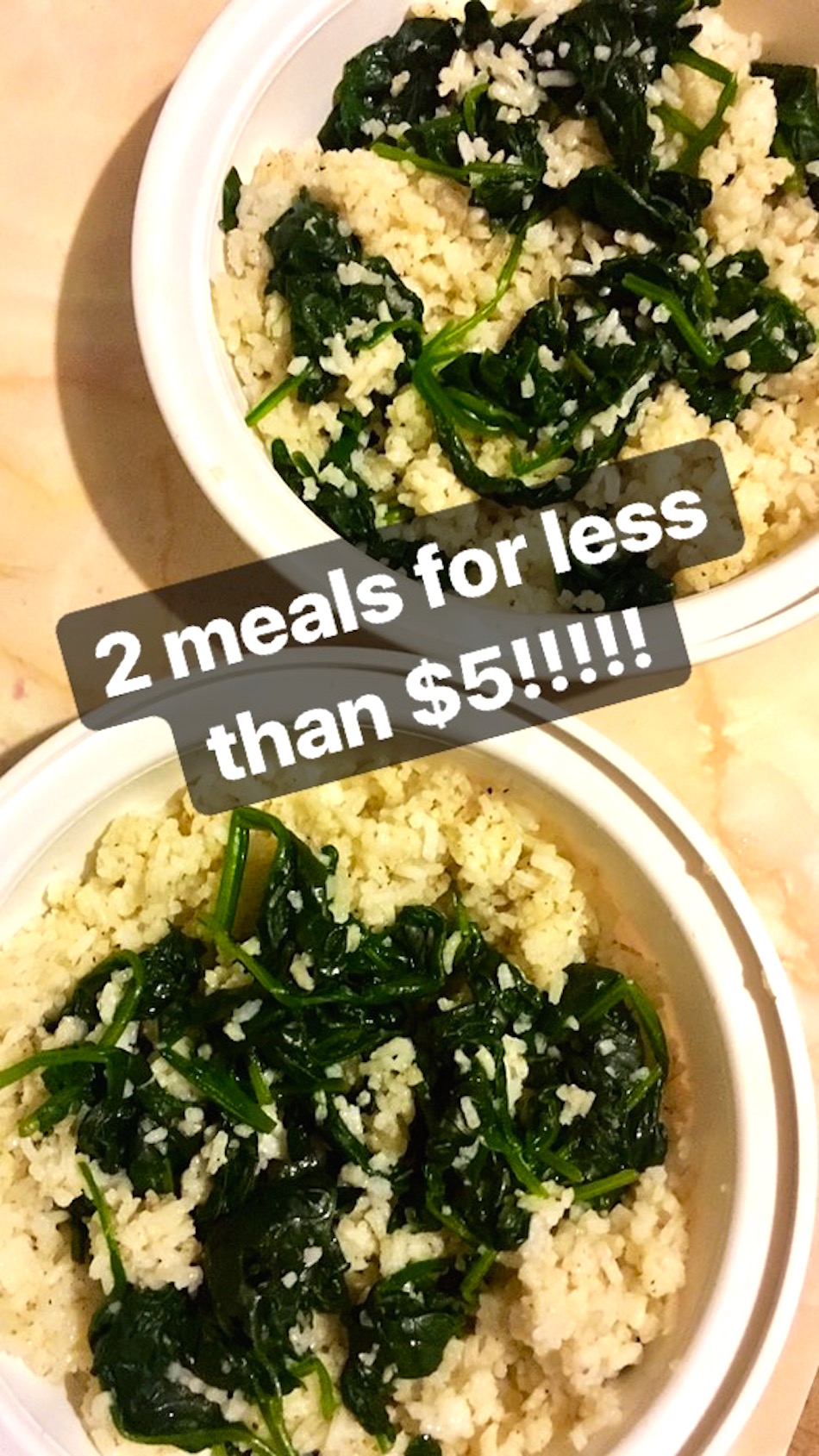
Obviously, if this was really the 1930s, I would have plucked these leaves from my garden. As it is now, though, with me living on the third floor of an apartment in Queens and without even so much as a backyard, I made do with what I could grab at the grocery store.
My bag of spinach set me back a whopping $2.50 for a little over 6 cups' worth. The rice was another $2.50, but since I was only using 1 cup of that, meals were really much cheaper than $5.
Clara's Recipe
Ingredients:
6 cups raw spinach
1 cup rice
2 tbsps. olive oil
salt and pepper
Instructions:
I used the modern convenience of my rice cooker to make this easier on myself, using 2 cups of water. As it did its thing, I followed her instruction to boil 3 cups of water, then added the spinach and let that cook for three minutes. It was my first time ever cooking spinach in water rather than sautéing, but the result was just as yummy.
She said to season with simple salt and pepper "to taste" which, for me, means lots of pepper. I also added hot sauce from the office kitchen and enjoyed the filling meal at my desk the next day!
I ended up having some of the second portion for dinner that night, too. I was intending to make something else from the cookbook, but was too exhausted from making bread, as you'll see below.
Baking My Own Bread
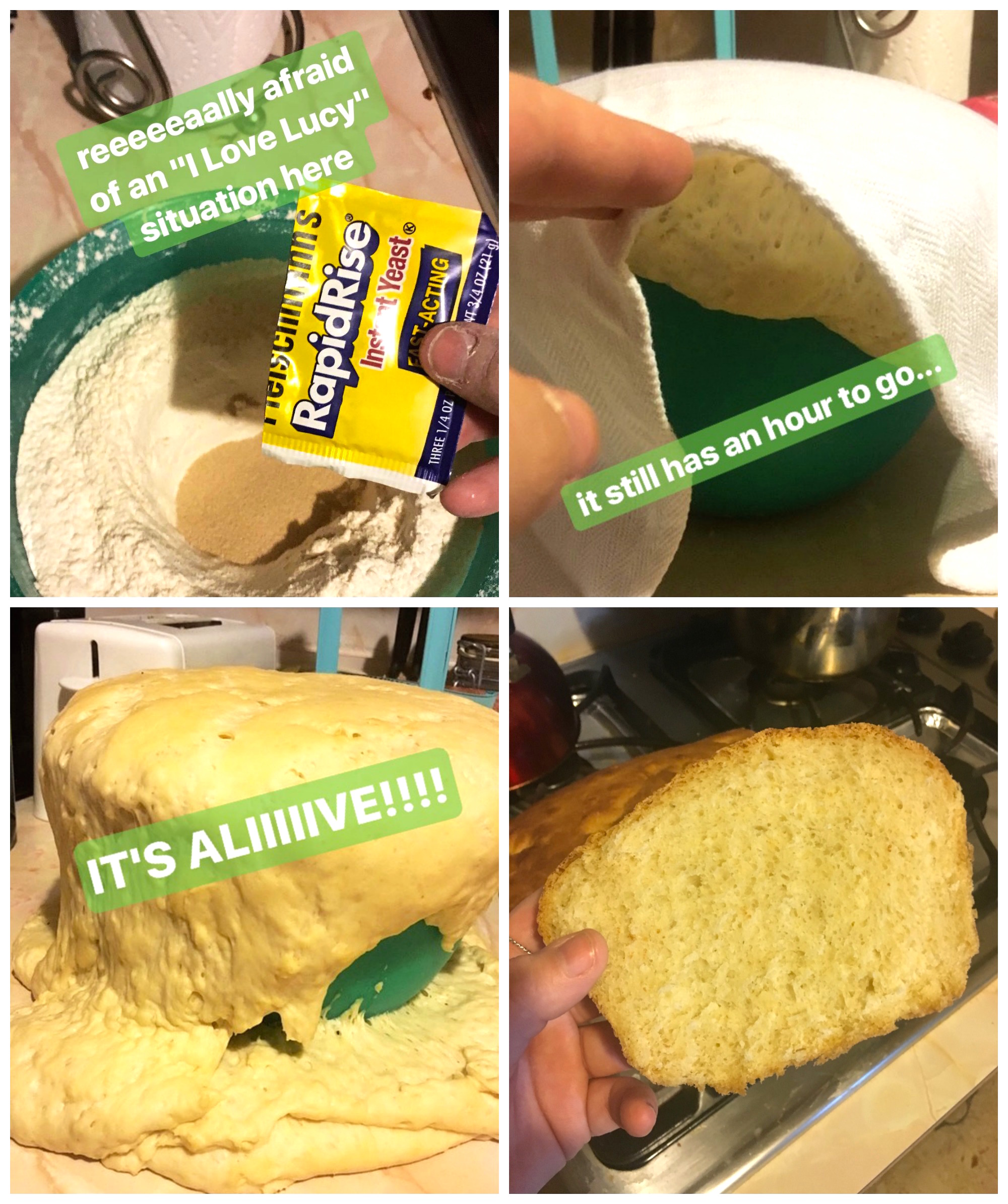
This was the most daunting aspect of the whole experiment. I am not known for having much skill in the kitchen, so I was not super-optimistic this would turn out well.
Despite my fear of following in Lucy Ricardo's footsteps with a massive loaf bursting out of my oven — just like the classic I Love Lucy episode — my bread was a totally normal size and super-yummy!
The only ingredient I didn't already have was the yeast, which cost me about $2.30 for a three-pack.
Clara's Recipe
Ingredients:
9 cups all-purpose flour, plus flour for dusting
6 tsps. rapid-rise yeast
3 1/2 cups warm water, approximately
1 1/2 tbsps. salt
Instructions:
I started by pouring the flour into a big bowl and digging out a well where I added the yeast, a cup of water, and the olive oil.
Clara says, "Break up the yeast with your hands and let it melt into the mixture." I wasn't really sure exactly what that meant while I was in the thick of it. The yeast seemed to be pretty melty as soon as I added the water, so by the time I was done with the olive oil, I just started squishing it all together haphazardly.
I definitely thought I messed up the whole thing with this first clumsy step but powered through, gradually adding the salt to the mixture.
Then came the kneading. So. Much. Kneading.
In the book, she recommended, "Pretend you're mad at someone. This will help the time go faster." I'm not sure how long it took, but I got the springy texture she described and set it aside to rise for an hour and a half. As you can see above, I really should have used a much bigger bowl! After it had oozed over and I placed half into a pan, I let it sit for another half hour before popping in the oven for 45 minutes at 450 degrees.
The relief I felt when it turned out to be perfectly fine bread is unlike any other emotion I've ever experienced. Plus, I was happy to chomp down on a warm slice with butter, which became my daily breakfast.
I also ended up having plenty of dough left over because, as I realized in the middle of preparing it to go in the oven, the recipe was for six loaves. I have a feeling the loaves were much smaller than my bread pan, as I used about half of the dough.
Day Two: Can O' Beans

This clearly wasn't one of Clara's recipes. I had actually intended to have more spinach and rice, but completely forgot it on my kitchen counter that morning.
I was preparing myself to suffer through with whatever small snacks I could find in the office, but fate stepped in, and the lifesaving can of beans appeared in our kitchen!
Okay, so it was actually just because we had a grill master on The Daily Glow who brought along free samples for us to snag. It was still great timing for me and also still felt very on-brand for the Great Depression dishes.
Day Three: Free Food

This was another day I obviously strayed from Clara's cooking. I am very blessed to work for a company that provides its employees with a weekly lunch totally free of charge.
I considered skipping out on it for this week in order to remain true to what folks really ate back in the day— but then I realized none of those suffering through the economic strain would have ever turned down a free meal, so who was I to turn my nose up at my company's kindness?
As you can see, I piled up a huge bowl of the scrumptious noodles we were treated to, buffet-style. I was still full by the time I got home, so I just had a few bites of my leftover spinach and rice.
Day Four: Eggs And Potatoes
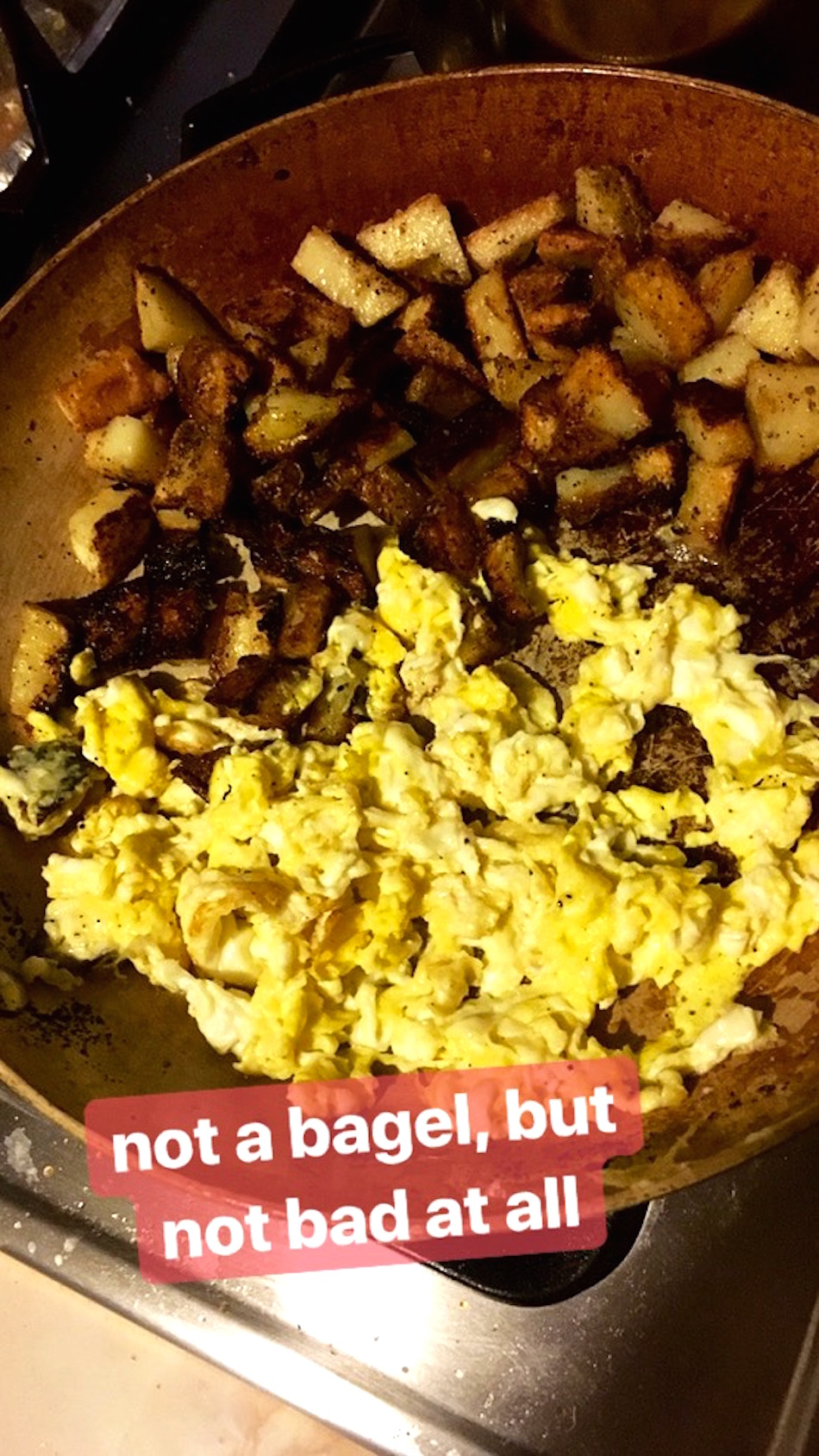
According to Clara, eggs weren't considered a breakfast food in her home during the Depression. Instead, they would often have them for lunch: sandwiched between slices of fresh bread.
It was a Saturday and I have to admit, I rolled out of bed closer to noon than my mother would like to hear. Ordinarily, I would have ordered an egg and cheese bagel from my local deli, but since that of course wasn't an option for most people back then, I rolled up my sleeves and started chopping up potatoes.
Clara's Recipe
Ingredients:
2 tbsps. vegetable oil
3 to 4 potatoes, peeled and cubed
8 large eggs
salt and pepper
slices of bread for sandwich, thickly cut and lightly toasted
Instructions:
Since I was just cooking for myself, I scaled that massive recipe way, way down to one potato and two eggs. I also wasn't in the mood for bread, and I'm a fan of leaving the skin on potatoes, so I adjusted those directions as well.
It was so dang easy to make. Heat the oil, chop up the tater, crack open the eggs, add salt and pepper, then stir it all around until they're cooked.
I also think it was a lot tastier than the bagel I usually order and will probably become my new lazy-weekend staple!
The sack of plain white potatoes was $3.99 before tax, and I'm still eating from the same bag days after ending this experiment.
The eggs were offered for free by my roommate, who accidentally bought two different cases closer together than she'd intended.
Day Five: More Eggs And Potatoes
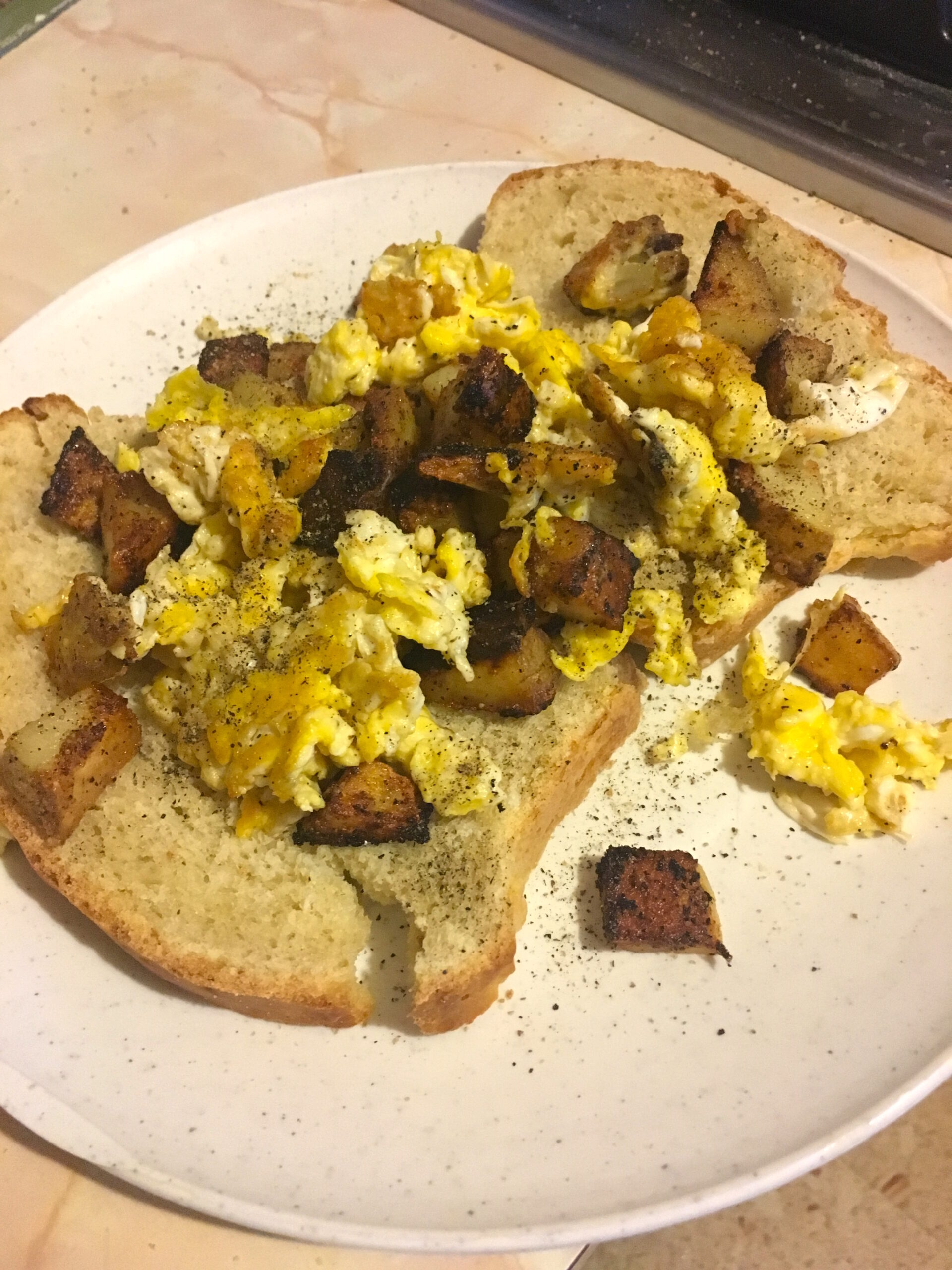
Don't fix what ain't broke, am I right? I did want to try other things Clara had listed in her book, but I also had a huge sack of potatoes, and making another trip to the grocery store for more ingredients felt like too much of a luxury.
Plus, I was honestly craving another helping when I woke up on Sunday anyway! This time, I did include the bread but in more of an open-faced sandwich style.
Day Six: Hot Dog And Potatoes
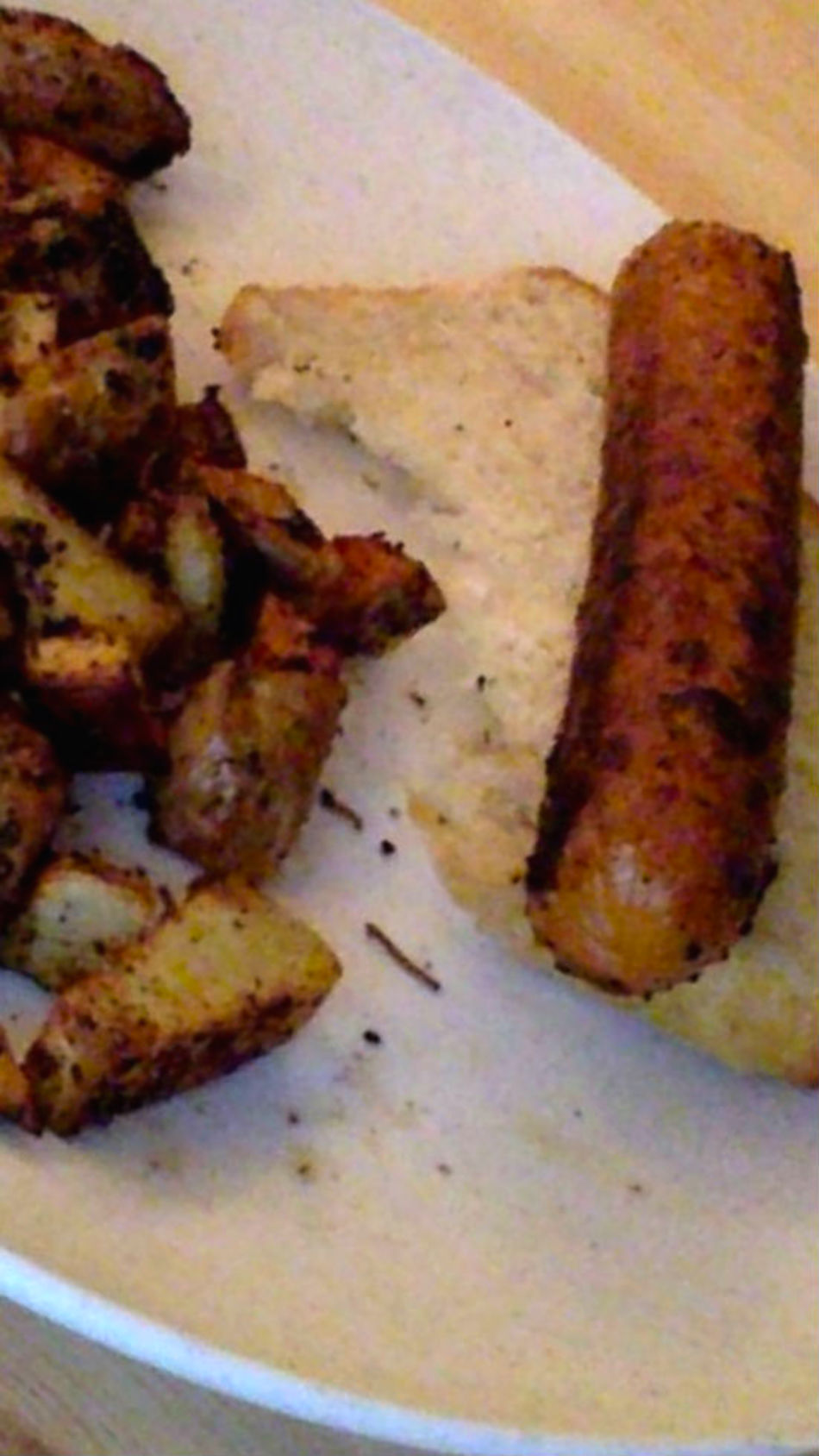
As I mentioned at the start of this, meat was scarcely consumed during the Depression. However, if the chance to splurge a little came along, then dogs were the cheapest and most accessible option.
I didn't rely on her instructions for this one, just made my dog nice and crispy like I love and whipped up a side of potatoes.
By this time, the crust of my bread made it a little difficult to use as a bun for the hot dog, but the inside was still fluffy and soft.
I made sure to get the cheapest option at the grocery store, which made my stomach a little scared, but it only set me back $1.25 for a pack of eight (and my stomach was fine).
Side note: I apologize for the poor quality of this photo. I was dealing with water damage in my cell phone and waiting for it to be repaired, so I did the best I could to capture the meal by twisting my computer around and using its camera.
Day Seven: Potatoes, Mushrooms, And Onions
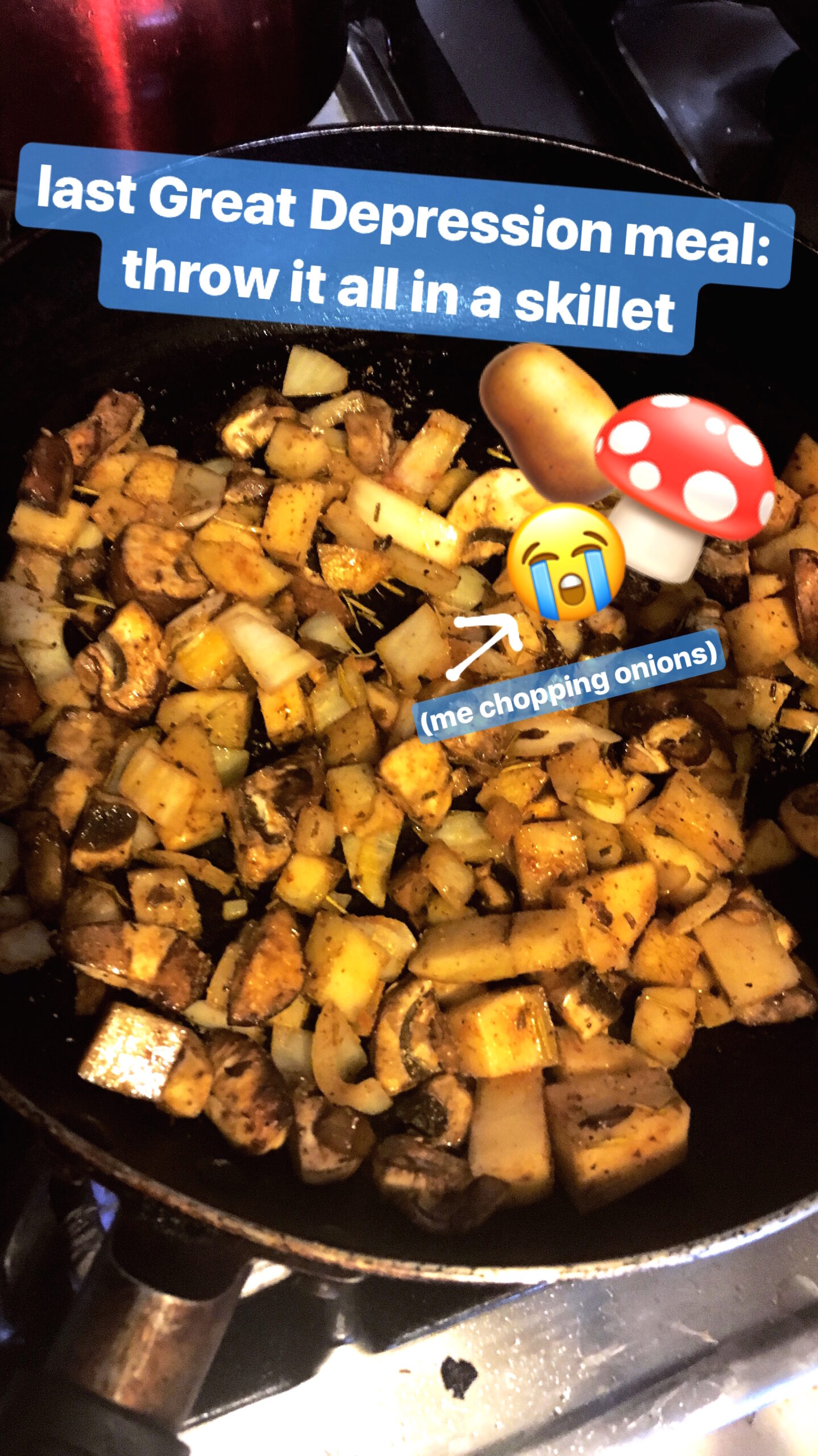
I had intended to try Clara's "Di Maria Family Sauce," their take on traditional red sauce, which I was going to use to top the mushrooms.
However, it was the end of the month, which is always the busiest time for me with work and regular life. I would come home totally drained and could never bring myself to summon the energy for another big project recipe.
Instead, I threw in the onion, mushrooms, and a few cloves of the garlic I'd also purchased for the sauce together with some potatoes and called it a day on my last Great Depression meal.
The onion was far bigger than I needed, I have no idea why I picked one so large, but it cost $2.13. The mushrooms were $2.69, and the garlic, which I still have plenty of cloves left to use, was $.69. I used two potatoes, half the onion, and still had leftovers for three more meals.
Final Thoughts On Great Depression Meals
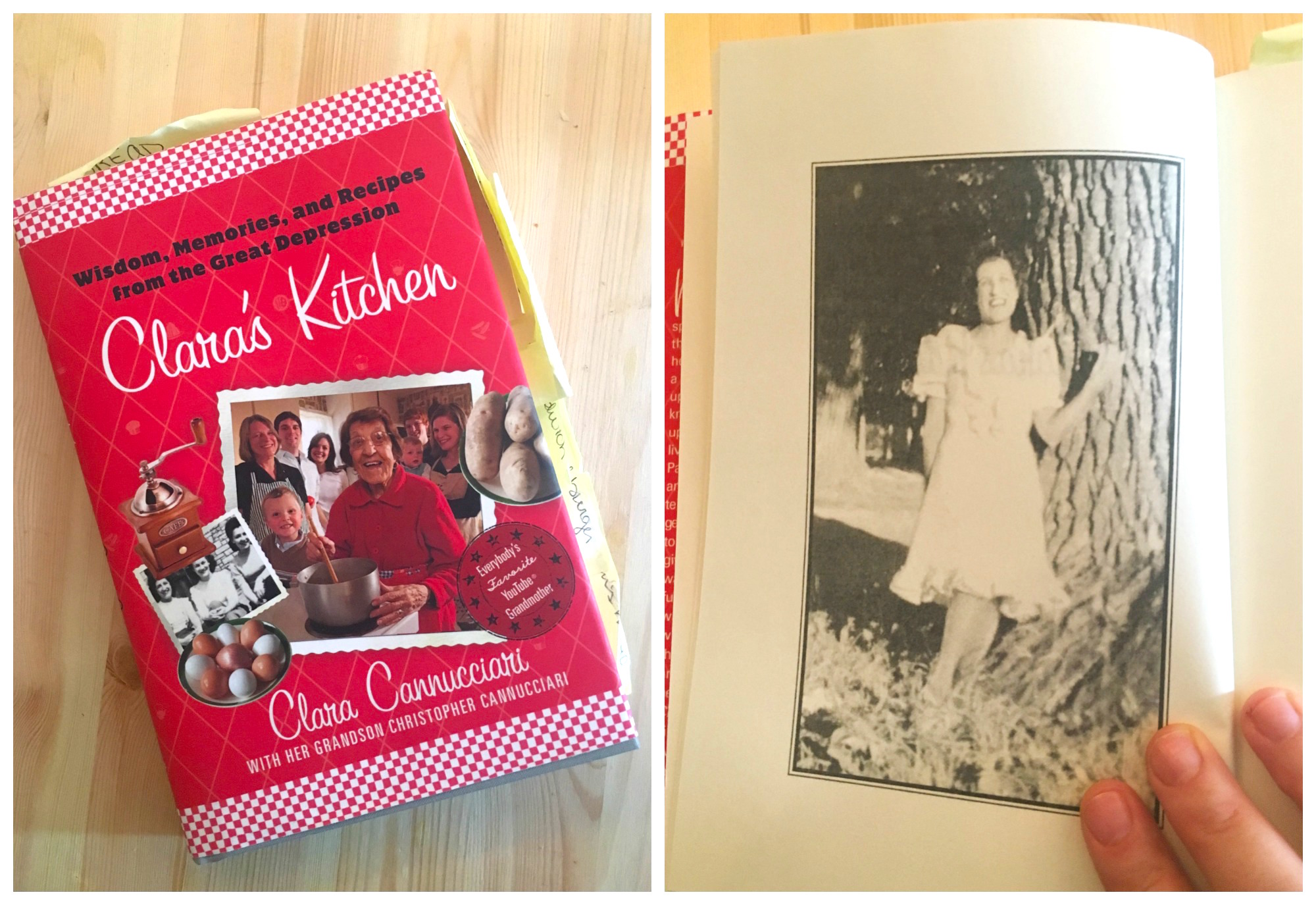
Total amount I spent on food for a week: $18.05
I did purchase other items that I failed to use, but most of them are nonperishable. I'm sure I'll get around to making Clara's family red sauce eventually. I really enjoyed reading about how she and her family survived during one of the worst periods in American history. She included games they liked to play and stories about her friends at school going through the same difficult time.
It also has definitely inspired to do my own cooking more often. I order out far too often, and it's clearly so easy to create your own amazing dishes with simple, cheap ingredients.
If you're interested in learning more of Clara's recipes, I highly recommend purchasing her book!
And be sure to SHARE my experience eating meals from the Great Depression with your friends on Facebook.




